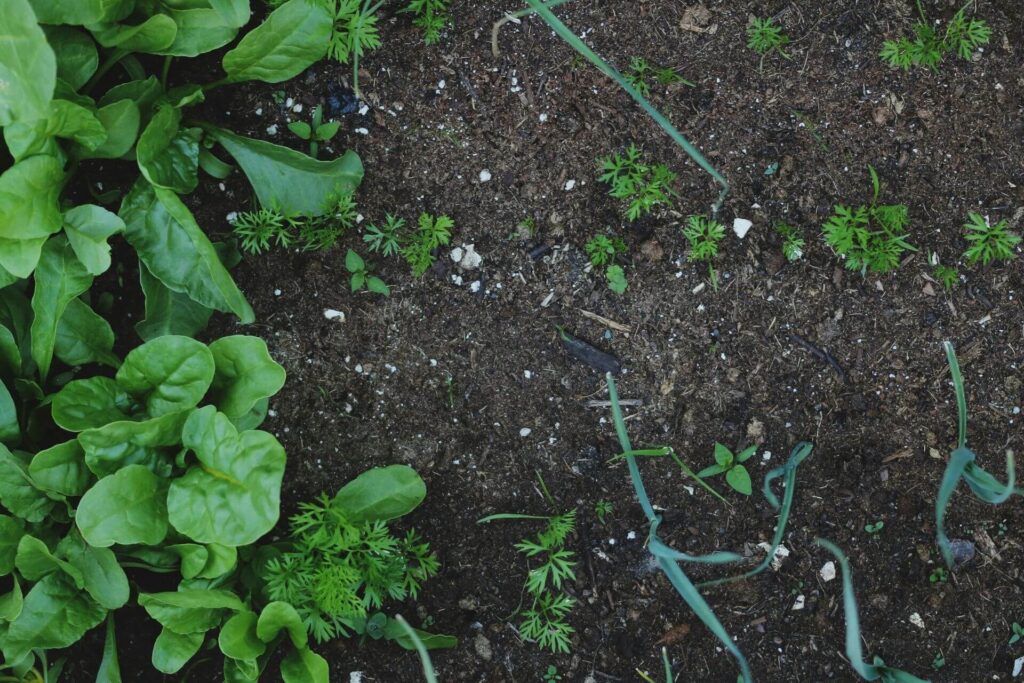Successful landscaping projects rely on soil health, which impacts how well plants grow and if they live long lives. When you create healthy soil, you support strong roots and improve plant nutrient intake. Soil quality serves as a foundation for your project’s overall eco-friendliness.
Why Soil Health Assessment is Crucial for Landscapers
Tap into the power of a soil assessment to develop a clear understanding of the soil’s current condition. Once you have a blueprint of different components, you can assess soil health.
With data in hand, it’s easier to address drainage, nutrient deficiencies, compaction, or other issues that might inhibit plant growth.
By addressing these issues early on, you can ensure more successful and sustainable landscapes, minimizing the need for costly corrective measures down the line.

How to Conduct a Basic Soil Assessment
Conducting a soil health assessment starts with a visual inspection. Check the soil for signs of compaction, poor drainage, or visible organic matter. Observe the soil’s texture and color, as these can indicate its moisture retention and nutrient status. Take soil samples and test pH. The center 80% of measurements offer four indicators landscapers will find helpful — pH, BD, SOM and EA.
After the visual inspection, you must conduct soil testing to obtain accurate, measurable data. Soil test kits measure basics like nitrogen, phosphorus, potassium and soil pH. For more comprehensive analyses, you can rely on laboratory services or your local agricultural extension office, which can offer in-depth results and recommendations for soil health management.
Results typically include data on soil pH, nutrient levels, organic matter content, and sometimes microbial activity. Knowing these values equips you to make informed decisions on amendments needed to improve soil conditions. For the most comprehensive results, make sure you grab samples from different areas and varied depths.
Practical Tips to Improve Soil Health
Choosing the right mix of nutrients and plants to perfect soil health at a client’s home or business takes time and persistence. You’ll also need to factor in every living thing in the home and avoid anything toxic to domestic animals and children.
Aeration and Drainage
Aerating compacted soil is essential for promoting healthy root growth and improving water infiltration. When soil becomes compacted, it restricts the movement of air, water and nutrients, making it difficult for plants to thrive. This process enhances soil structure, reduces compaction, and encourages deeper root growth, ultimately improving soil health.
Adding Organic Matter
Organic matter such as compost, mulch and amendments increases soil fertility by providing nutrients and improving soil structure. It also enhances moisture retention and promotes microbial activity.
Compost and well-rotted manure are excellent options, as they add essential nutrients and help create a more balanced and fertile soil environment. Applying organic mulch on top of the soil also helps to control weeds and provides a home for beneficial organisms like earthworms.
It also helps retain moisture, regulates soil temperature, and prevents erosion while breaking down over time and adding nutrients. The right soil amendments are crucial for adjusting soil pH and correcting nutrient deficiencies.
Experts advise against landscape fabric as an alternative to mulch as a weed barrier. Water and air can penetrate the fabric, but over time, the material becomes plugged with soil particles and other debris, which results in poor water and oxygen supply to roots. This causes the roots to creep up to the soil surface, searching for what they need.
Boost Soil Microbial Activity
Soil microbes are critical in breaking down organic matter and releasing nutrients into the soil. Avoiding the use of harmful chemicals, like synthetic pesticides and herbicides, can prevent damage to the microbial ecosystem, allowing beneficial organisms to thrive and further improving soil conditions.

Best Practices for Ongoing Soil Health Management
Designing landscapes with long-term soil health in mind means focusing on sustainability. Start by choosing plants well-suited to the local climate and soil conditions, reducing the need for excessive fertilizers or water.
Incorporating cover crops and mulching promotes soil protection and microbial activity. Additionally, reducing soil disturbance and using minimal tilling methods helps maintain soil structure and prevents compaction.
Creating diverse planting designs that include native species, perennial plants, and beneficial insects can also enhance the soil ecosystem by supporting natural nutrient cycles and reducing the need for chemical inputs.
Even with appropriate landscape designs, maintaining soil health requires ongoing attention throughout the year. Seasonal adjustments are crucial to keeping soil in optimal condition. During the growing season, regular monitoring through visual inspections and soil testing helps identify issues early, whether it’s nutrient deficiencies, compaction, or imbalances in pH. In the fall and winter, adding organic matter like compost or mulch can help protect the soil from erosion and nutrient loss and enrich it.
By integrating these practices, you’ll ensure soil remains healthy, productive, and capable of supporting thriving landscapes year after year. The longer you work with a client, the more plants will thrive.

The Key to Thriving Landscapes — Prioritizing Soil Health
Soil health is fundamental to successful landscaping, impacting plant growth, sustainability, and ecosystem balance. Maintaining healthy soil through practices like aeration, adding organic matter, and using the proper soil amendments not only enhances the vitality of your landscapes but also promotes long-term environmental benefits.
By understanding key soil health indicators and conducting regular soil assessments, you can make informed decisions to improve soil quality and health more effectively.
Make soil health management a priority in your landscaping projects. Managing soil conditions and health is an investment in the success of your plants, projects, and the environment.

Leave a Reply